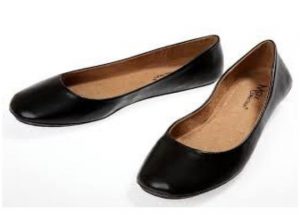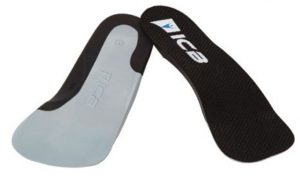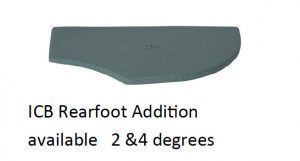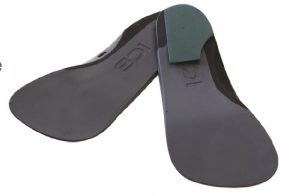When practitioners use orthotic therapy , there are a number of considerations that should be considered.
1) Assessing the patient and ‘getting it right’ !
2) Deciding if multiple orthotic devices will be needed to treat the patients condition.
3) Choosing the right orthotic style to fit in the patients shoe wear.
The assessment is crucial. Overlooking or failing to assess adequately, will certainly affect the efficacy of the prescribed device.
Issues such as unilateral excessive pronation or lateral ankle knee and hip pain can often indicate underlying biomechanical issues that should be pursued and addressed.
Often more than one type of device may be required to meet the needs of the patient and assist the practitioners suggested treatment. Treatment could involve a pair of orthotics for the cross trainer shoe and a further pair for high heeled shoe wear.
One consideration that has been driven by fashion is how to treat patients who wear shoes such as ballet flats!

Of course this style is not ideal and the patient needs to be made aware of that fact, however, patients continue to use the style and expect that they can receive a treatment result from orthotics.
The orthotic device will never be able to treat effectively when wearing this style . All a practitioner can do is to remind the patient of this and then prescribe an orthotic style that can , in some measure, provide the wearer with a degree of treatment and relief from the assessed condition.
ICB has a product that is very thin and able to be used in the ballet style as it does not feature a heel cup and therefore reduced heel slippage.
This design was developed for High heel shoe wear and there-fore has a reduced rearfoot varus angle to allow fr the supination effect when worn in shoes with heels higher than 25mm.
When prescribing for ballet flats it is advised that additional rearfoot varus control will be required to assist in reducing calcaneal pronation (eversion) .
ICB recommends that a 2 or 4 degree Rearfoot Varus addition be used to invert the rearfoot and compensate for the reduced intrinsic rearfoot in the High Heel orthotic model.





